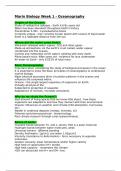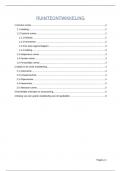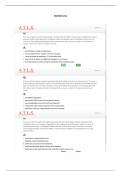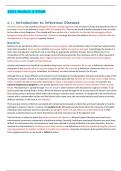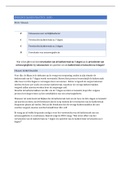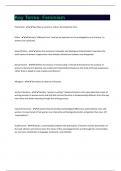Lecture notes
Oceanography
- Module
- Marine Biology (BI2MBC1)
- Institution
- University Of Reading (UoR)
Oceanography is a multi-disciplinary science involving observation, experimentation, and modelling of physical, chemical, biological and geological properties. This document provides an overview of basic oceanography covered in Week 1 of a Marine biology module as part of a Zoology/ecology/conserva...
[Show more]
